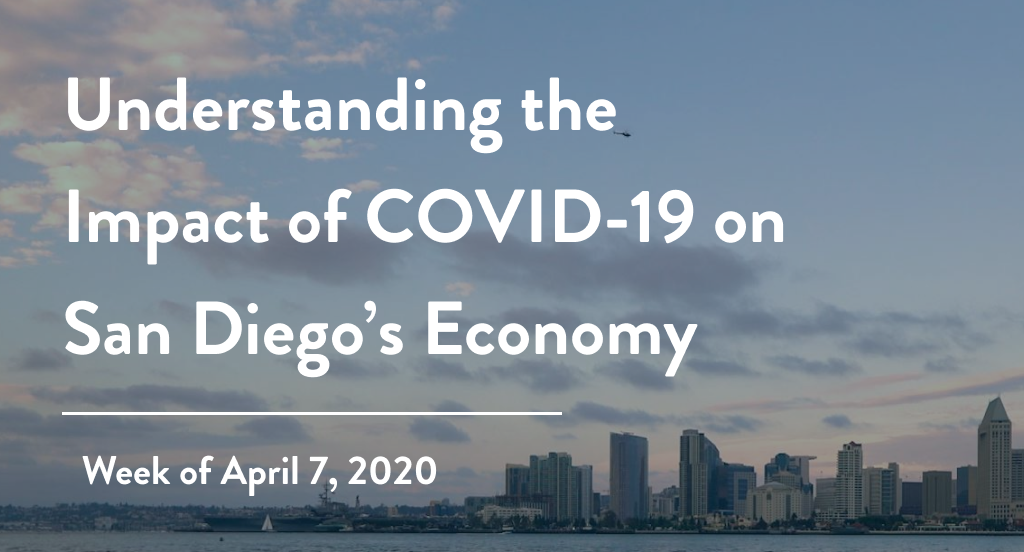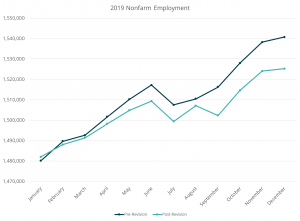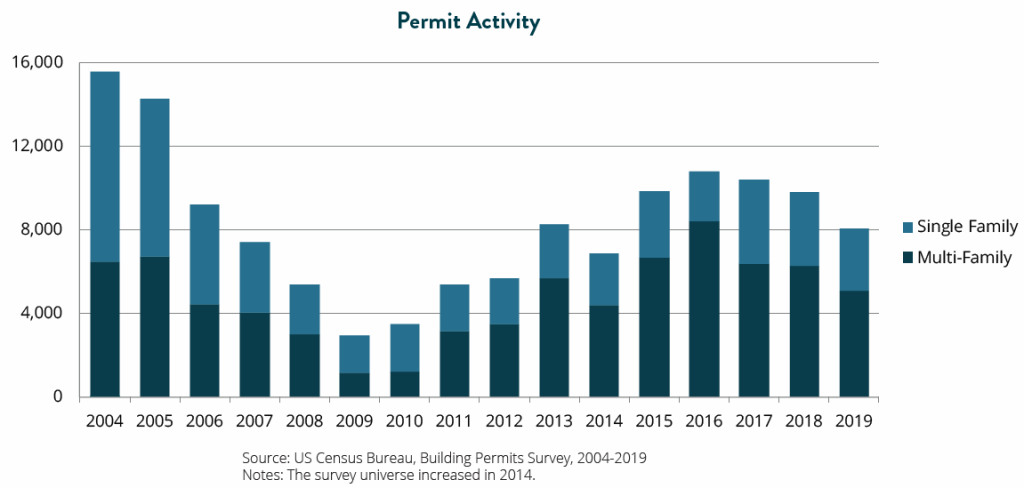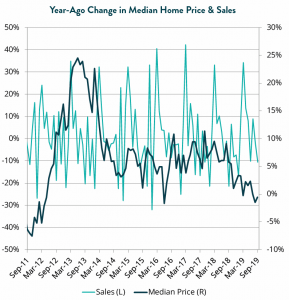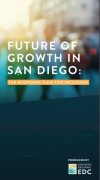In order to assess immediate economic impacts and understand the evolving business sentiment, we have deployed a survey with our partners at San Diego Regional Chamber of Commerce, San Diego and Imperial Small Business Development Center. The Downtown San Diego Partnership and National City Chamber of Commerce also served as survey partners. The survey will remain open for the foreseeable future so we can chart how responses change over time.
Three trends stood out based on what employers told us during the first three weeks of surveying:
- Impacts are vast. 379 employers plan to eliminate 14,524 jobs; 68% of their combined workforce.
- Small businesses are embracing remote work. More than 85% of firms with remote workers are small businesses. Overall, 42% of employers surveyed are having employees work remotely.
- Firms are still hiring. More than 11% of firms are still planning to fill positions. Nearly 19% of those firms still hiring are in the professional service industry.
Understanding COVID-19’s impact: an interactive visualization
Below is an interactive visualization of self-reported impacts to local employers, both in terms of employment and revenue. You can segment the data by industry, number of employees, and typical annual revenue. Additionally, please scroll over the tab to look at the breakdown of responses via zipcode. Please note, this is not a representative sample – meaning we did not weight responses operationally to the population and demographics of the region – so we strongly advise against drawing sub-regional conclusions from this data.
Respondent Profile
For up-to-date respondent information on the survey respondents and high level results, please view the responding profile here.
Other key numbers:
- Number of responses: 681
Resources for you
San Diego Regional EDC, San Diego Regional Chamber of Commerce, and San Diego and Imperial SBDC offer a variety of resources to help businesses.
If you would like assistance from EDC, please use this form. Once we receive your responses, we will make every effort to reach out to you within 24 hours.
